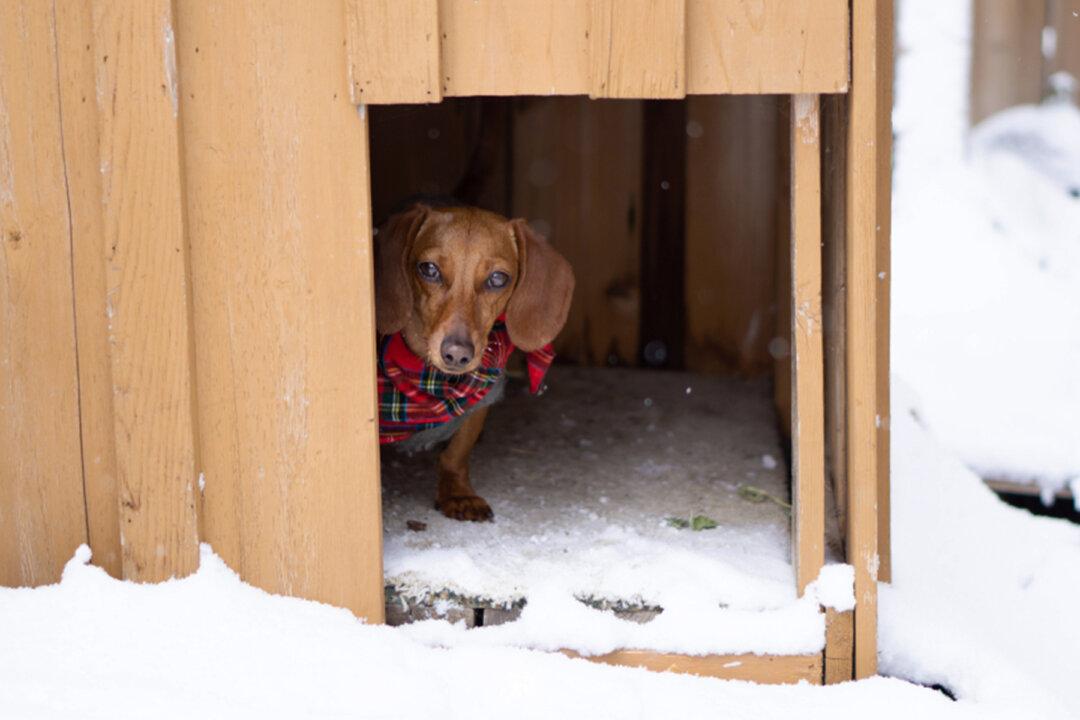Veterinarian Dr. Ernie Ward has long been a staunch animal welfare advocate. In 2017, he turned his attention to the condition of pets living outdoors during freezing-cold winter nights, conducting an experiment involving him spending a night in an outdoor dog kennel.
The footage taken from his home just north of Chicago, Illinois, is still informing pet owners’ decisions today.




